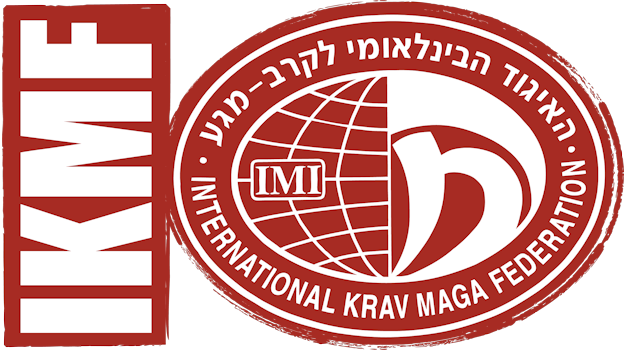The First tip I can give you is to do your best in the first five minutes. The tester can usually predict who passes in the first five minutes. Clean technique, body language and explosiveness in the attack are components that will not change during the test.Second tip: do your best at all times. Don't try to just show your best while you are being watched; we have eyes in the back of our heads 😉Third tip: As testers we are looking for certain checkpoints to see if the principle part of the technique is preformed correctly. We look for common mistakes. For example: to avoid this mistake make sure to check that danger in eliminated fully before ending the exercise.Fourth tip: The tester will dedicate most of his attention to the first part of the test, therefore it is important the tested trainee understands what he is doing and why, so if the tester changes the parameters of the exercise in terms of distance or attack angle (I.E) the tested trainee will know how to adapt.Last tip: convince the tester that you will be able to successfully perform this technique on the street if you are attacked.
FIVE STEPS OF THE TEST
- A technical examinations on exercises out of the relevant syllabus in which the trainee is being tested.
- Examining the trainee's abilities to perform techniques from the same category, such as chokes or grips, that are included in the syllabus starting from P1 level up to(and including) the tested level.
- Performing defenses against unknown attacks. The trainee begins each exercise from an eye – open position. At this phase the trainee will be tested on his tactical level and proficiency in terms of choosing the right technique at the right timing. This phase of the test also includes performing defenses against unknown attacks while The trainee begins each exercise from an eye – closed position. At this phase the trainee will be tested on his free skills to handle unknown attacks.
- Zombie Game: Defending against a variety of attack(armed and unarmed) s. The student should aim to employ solutions that are as close to the curriculum technique as possible according to the tested level.
- Fighting Skills: Starting from slow fighting through light fighting (without protective gear) and progressing to full protective gear fight against multiple attackers in accordance with the tested level.
TIME MANAGEMENT OF THE TEST
When several levels are tested simultaneously the testing will be conducted as follows:
- Each level will take step one of the test, one after the other, according to ranking, starting with the lowest rank.
- As soon as the trainee tested is done with step one he will retire to rest.
- Once step one is completed all the tested trainees from every level will return and continue to be tested on the following steps above.
DURATION OF THE TEST ACCORDING TO RANK
- Practitioner level 1 & 2: no more than an hour.
- Practitioner level 3,4 & 5: an hour and a half.
- Graduate levels: No time limit, the duration of the test will be at the discretion of the tester.
- Expert levels: No time limit, the duration of the test will be at the discretion of the tester.
WHO IS AUTHORIZED TO CONDUCT TESTS?
- Practitioner levels must be tested by an instructor graded at least to levels higher.
- Practitioner levels 1, 3 & 5 will be tested by an israeli IKMF representative only.
- Practitioner levels 2 & 4 may be tested by the local IKMF instructor.
- Graduate levels must be tested by an instructor graded at least to levels higher.
- Expert level 1 may be tested in the origin country by IKMF Chairman Avi Moyal OR by Head of testing committee Tamir Gilad. The local director must be present during the test as an observer.
- Expert level 2 and up must be tested in Israel by a team of two members of the testing committee.
Any exception from this protocol will be by special authorization of the testing committee.

Krav maga it’s the best